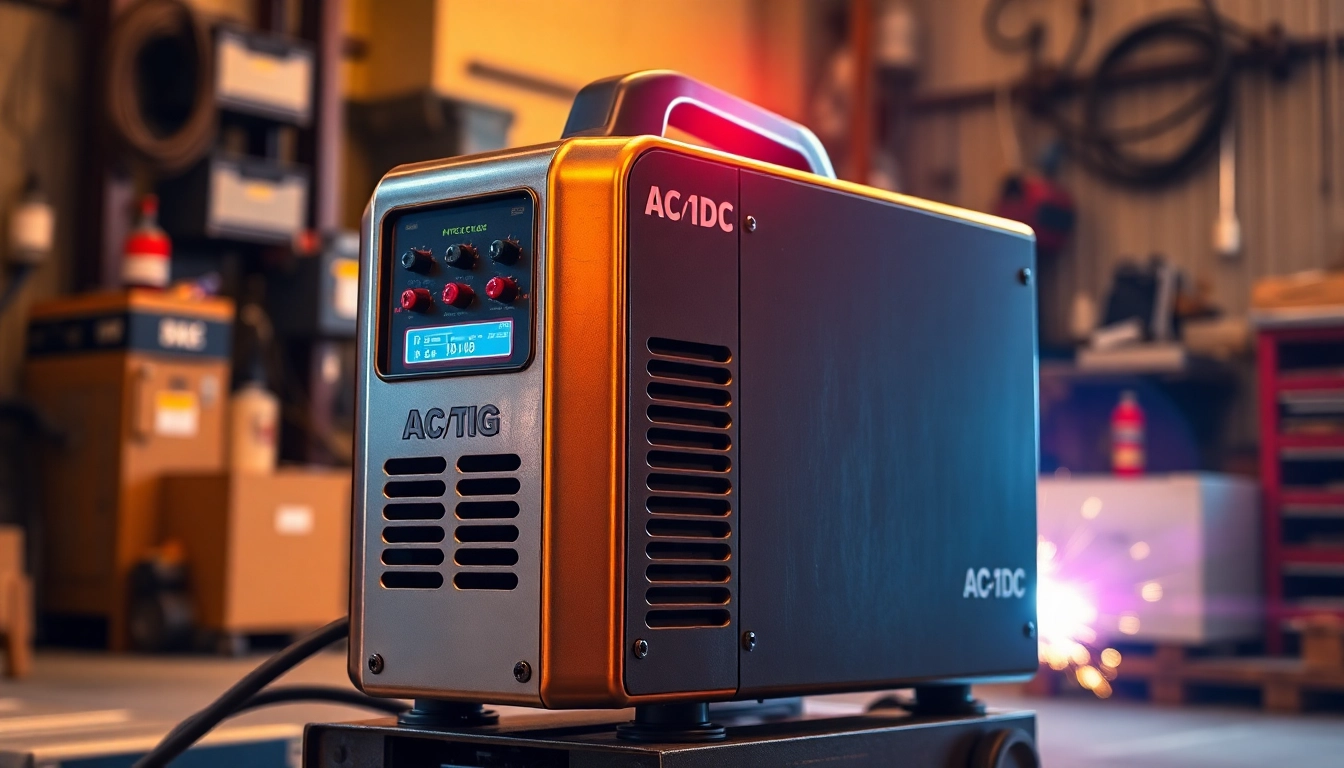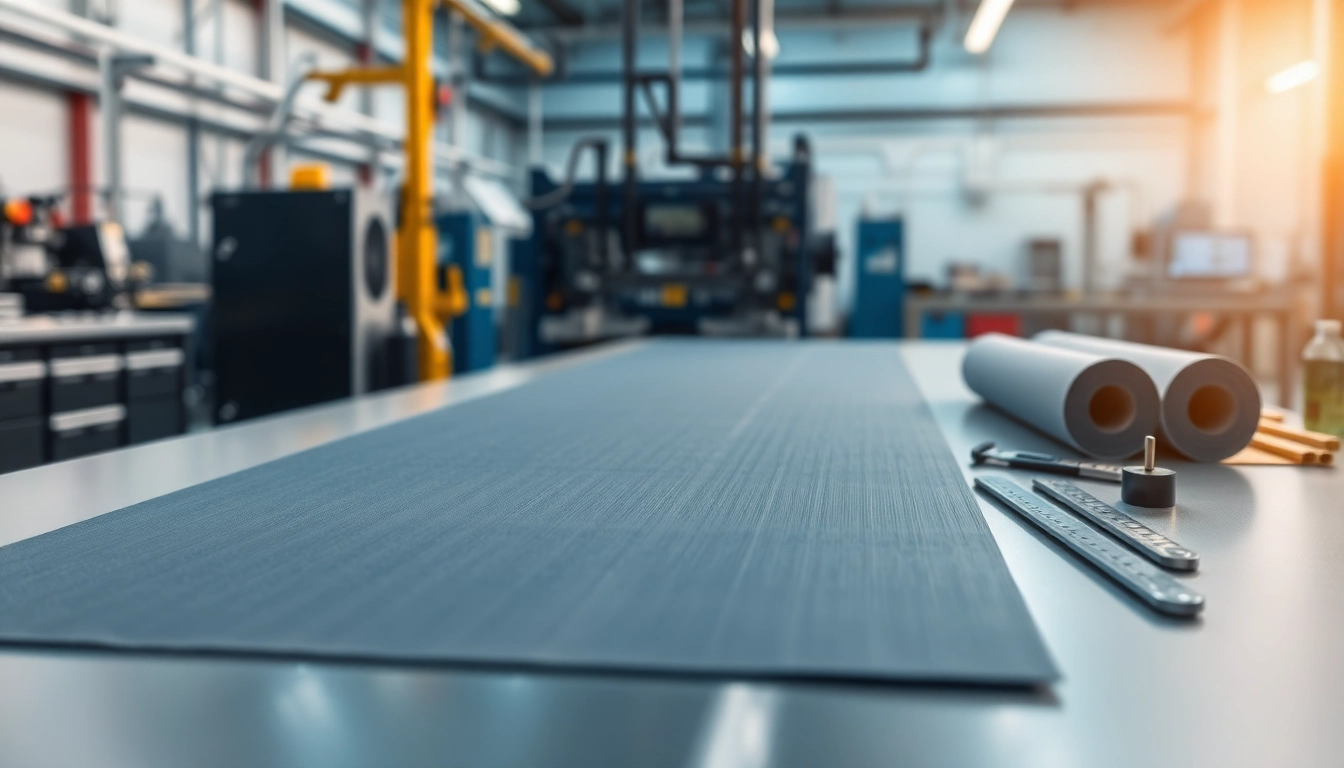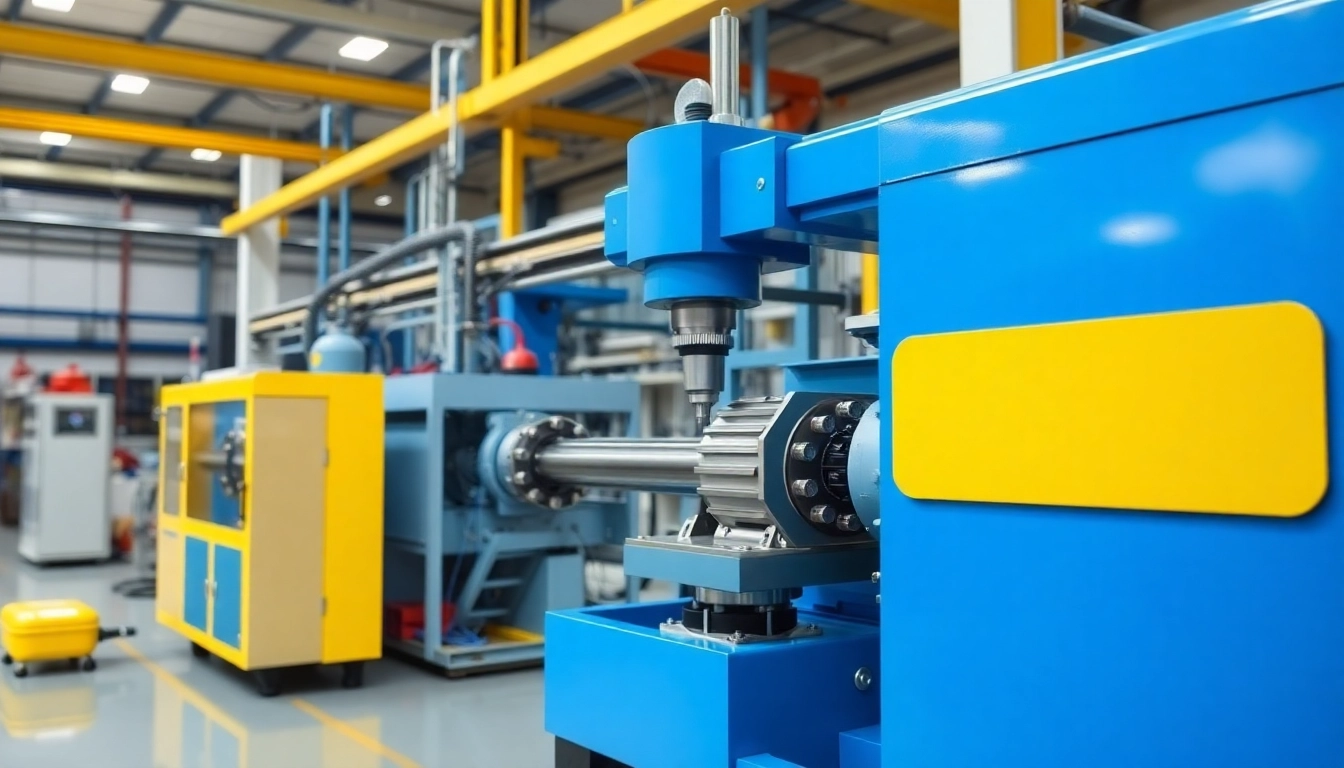Understanding AC DC TIG Welders
What is an AC DC TIG Welder?
An ac dc tig welder is a specialized welding machine that offers the versatility to weld both aluminum and steel. Unlike traditional welders that use either alternating current (AC) or direct current (DC), an AC DC TIG welder can switch between these two types of current. This flexibility enables welders to tackle a wider range of materials and project requirements, improving their overall efficiency and effectiveness.
AC is primarily used for welding aluminum and magnesium, allowing for clean, precise welds without warping the material. Conversely, DC is ideal for welding ferrous metals like steel and stainless steel because it provides a smoother arc and better penetration. As a result, AC DC TIG welders are essential tools in various industrial applications, providing welders with the capability to produce high-quality welds across different metal types.
Key Features of AC DC TIG Welders
When evaluating AC DC TIG welders, several features should be considered to ensure you choose the right machine for your needs:
- Output Range: The ability to adjust amperage from low to high allows for tailored welding settings, making it suitable for thin sheet metal as well as thicker sections.
- High-Frequency Start: This feature simplifies arc initiation, especially in AC settings where starting the arc can be challenging.
- Amperage Control: Many units come with a digital display or dial that allows precise adjustments to be made during operation.
- Pulse Welding Capability: Some welders offer a pulsing option, which helps control heat input, reduce distortion, and enhance control over the weld puddle.
- Foot Pedal Control: This optional feature allows welders to have hands-free control of the amperage, providing more flexibility during the welding process.
Benefits of Using AC DC TIG Welders
The advantages of using AC DC TIG welders extend beyond their versatility and include several operational and quality improvements:
- Precision: TIG welding offers unmatched precision, making it ideal for intricate designs and high-stakes applications.
- Minimal Post-Weld Cleaning: The process produces less spatter and eliminates slag, resulting in cleaner welds that often require minimal cleanup.
- Versatility: The ability to weld various materials, including sheet metal, pipes, and structural components, makes this machine invaluable in diverse contexts.
- Stronger Welds: AC DC TIG welds typically lead to stronger connections due to precise heat control and penetration depth.
Choosing the Right AC DC TIG Welder
Factors to Consider When Buying
Selecting the right AC DC TIG welder involves assessing various factors that influence its performance and suitability for your specific applications:
- Welding Thickness: Determine the thickness of the materials you need to weld; this will guide you in selecting a welder with the appropriate amperage range.
- Portability: If you need to move your welder frequently, consider weight and whether it has handles or wheels for easier transportation.
- Cooling System: A unit with a sufficient cooling mechanism (like a fan or water-cooling option) can prevent overheating during extended use.
- Ease of Use: Look for user-friendly interfaces, especially if you’re a beginner. Digital displays and preset functions can significantly enhance usability.
- Warranty and Support: Invest in a welder from a reputable manufacturer that offers warranties and customer support for added peace of mind.
Popular Brands and Their Models
Various manufacturers offer high-quality AC DC TIG welders, and understanding their product offerings can help you make an informed decision:
- Everlast: Known for their affordability and reliability, models such as the PowerTIG series are popular among hobbyists and professionals.
- Lincoln Electric: Their Aspect series is recognized for high performance and advanced technology, suitable for critical applications.
- Miller Electric: The Miller Syncrowave series is prominent for its versatility and advanced pulse capabilities, ideal for intricate work.
- PrimeWeld: Models like the TIG225X and TIG325X are praised for their user-friendliness and solid features, catering to both beginners and experienced welders.
Comparing Prices and Features
A price comparison can provide valuable insights into which models offer the best value for money. Typically, prices can range significantly based on features:
- Entry Level: Basic models can be found for as little as $300, offering essential functions for beginners.
- Mid-Range: Expect to pay between $600 and $1,500 for more versatile machines with advanced features.
- High-End: Premium welders with extensive capabilities can exceed $2,000, suitable for professional applications and demanding work environments.
Applications of AC DC TIG Welding
Common Industries Using AC DC TIG Welders
AC DC TIG welders are employed in various industries due to their versatility and precision:
- Aerospace: Quality and reliability are critical; TIG welding provides the precision needed in aircraft manufacturing.
- Automotive: From fabricating components to repairing frames, TIG welding is essential for high-quality automotive work.
- Metal Fabrication: Shops producing custom metal products rely on the accuracy of TIG welding for various projects.
- Marine: TIG welding is often used to construct and repair boats due to its capability to weld aluminum and stainless steel.
Materials Suitable for AC DC TIG Welding
This welding technique can handle a diverse range of materials, including:
- Aluminum: AC current provides the necessary heat control for welding aluminum without melting through it.
- Stainless Steel: DC is primarily used to achieve a strong, corrosion-resistant weld.
- Mild Steel: Offers great welder performance for various thicknesses, making it a common material in manufacturing.
- Magnesium: This lightweight metal benefits from the precision of TIG welding, allowing for thinner sections to be effectively joined.
Expert Tips for Different Projects
To maximize the effectiveness of your AC DC TIG welder for various applications, consider the following expert recommendations:
- Preheat the Material: For thicker sections of aluminum and other metals, preheating can enhance weld quality and reduce warping.
- Use Appropriate Tungsten: Different materials require different tungsten types and sizes, so select the correct one based on the welding material.
- Control Your Speed: Maintaining a steady speed and angle can lead to smoother and more effective welds.
- Practice on Scrap Materials: Before diving into the main project, ensure to practice on scrap pieces to refine your technique.
Maintaining Your AC DC TIG Welder
Regular Maintenance Checklist
Routine maintenance is crucial to extending the lifespan of your AC DC TIG welder and ensuring optimal performance. Follow this checklist:
- Clean the Torch: Regularly remove any spatter or debris from the torch and replace the tungsten as necessary.
- Inspect Cables and Connections: Periodically check for wear or damage in cables and connectors to prevent electrical faults.
- Check Gas Levels: Ensure adequate levels of shielding gas to prevent contamination of the weld.
- Coolant Management: If applicable, maintain the coolant system by checking for leaks and sufficient coolant levels.
Troubleshooting Common Issues
Understanding common issues that may arise can save time and frustration:
- Inconsistent Arc: Check the tungsten electrode and ensure it is properly sharpened. Verify that gas flow is consistent and sufficient.
- Poor Penetration: This could be due to incorrect amperage settings or a dirty workpiece; clean the work area and adjust settings accordingly.
- Overheating: Ensure that the duty cycle is not being exceeded and that the welder has adequate cooling.
Extending the Lifespan of Your Welder
To optimize the lifespan of your welding tool, consider the following practices:
- Store Properly: Keep your welder in a dry, secure location when not in use to prevent rust and damage.
- Avoid Overuse: Be mindful of the duty cycle; allowing the welder to cool down periodically can extend its life.
- Regular Calibration: Ensure settings are regularly calibrated to prevent unnecessary strain on the machine.
Conclusion: Making the Right Choice for Your Welding Needs
Summary of Key Points
In summary, AC DC TIG welders are versatile, reliable tools critical for various applications, especially in industries requiring precision and quality. Understanding their features, benefits, applications, and proper maintenance can significantly enhance your welding performance and outcomes.
Recommendations for Beginners
For those new to TIG welding, starting with an affordable, user-friendly model that offers necessary features can provide a solid learning foundation. Always invest time in understanding the fundamentals of the process, safety measures, and best practices to ensure success.
Final Thoughts on AC DC TIG Welding
AC DC TIG welding remains an invaluable technique in metal fabrication and welding processes due to its unparalleled ability to produce high-quality welds across a range of materials. Whether embarking on a professional career or pursuing a hobby, equipping yourself with a suitable welder and knowledge will undoubtedly lead to fulfilling and effective welding experiences.



